6 Things all Co-signors should consider
Co-signing on a loan may seem like an easy way to help a loved one (child, family member, friend, etc.) live out their dream of owning a home. In today’s market conditions, a co-signor can offer a solution to overcome the high market prices and stress testing measure. For example, if you have a damaged credit score, not enough income, or another reason that a lender will not approve the mortgage loan, a co-signor addition on the loan can satisfy the lenders needs and lessen the risk associated with the loan. However, as a co-signor there are considerations.
1. If you act as a co-signor or guarantor, you are entrusting your entire credit history to the borrowers. What this mean is that late payments on the loan will not only hurt them, but it will also impact you.
2. Understand your current situations—taxes, legal, and estate. Co-signing is a large obligation that could harm you financially if the primary borrowers cannot pay.
3. Try to understand, upfront, how many years the co-borrower agreement will be in place and know if you can make changes to things mid-term if the borrower becomes able to assume the original mortgage on their own.
4. Consider the implications this will have regarding your personal income taxes. You may have an obligation to pay capital gains taxes and we would highly recommend talking to an accountant prior to signing off.
5. Co-signors should seek independent legal advice to ensure they fully understand their rights, obligations and the implications. A lawyer can lay it out clearly for you as well as help to point out any things you should take note of.
6. Carefully think about the character and stability of the people that you are being asked to co-sign for. Do you trust them? Are you aware of their financial situation to some degree? Are you willing to put yourself at risk potentially to take on this responsibility? Another consideration is to think about your finances down the road and determine how much flexibility will be needed for yourself and your family too! If you have plans of your own that will require a loan, refinancing your home, etc. being a co-signor can have an impact.
Co-signing for a loan is a large responsibility but when it is set-up correctly and all options are considered, it can be an excellent way to help a family member, child, or friend reach their dream of homeownership. If you are considering being a co-signor or wondering if you will require a co-signor on your mortgage, reach out to a mortgage professional. They are always happy to answer any questions and guide you through processes like this.
This article was included in the DLC monthly newsletter and published here with permission.




